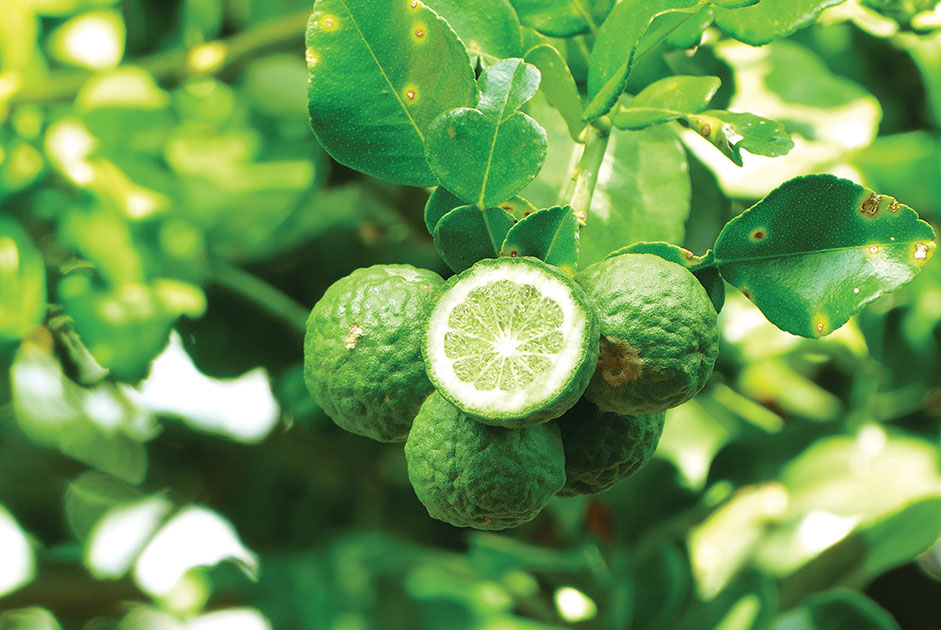BY LISA S.T. DOSS
The cultural knowledge of herbal lore is not entirely lost. The knowledge may still be in our genes, urging to take root and blossom. It begins by first loving the fragrance and taste of herbs. Take the interest one step further! Start drying leaves and flowers to begin making delicious teas, healing salves, tinctures, poultices and more to promote wellness!
Plants have secret names, alias’ that pass through the generations by way of stories. Bergamot may not be a well-circulated name; however, you may recognize its other titles, such as bee balm, mountain balm, lemon balm, Indian’s plume or honey plant. For its ability to attract honeybees and soothe its stings, the Greeks added variations of the term “Melissa.” In becoming aware of its numerous titles, including, “cure-all” and “dropsy plant,” Bergamot is a remarkable, medicinal gem!
An Insect Deterrent
As a member of the mint family, you can easily recognize the tall bushy clumps, roughly two feet tall, and producing colors from bright red to lilac, and shades of pink and white. The deeply-veined green leaves thrive in partially shady or sun-filled locations and spread unless contained. If planted close to a patio or walking path, the sweet aroma repels pesky insects while attracting honeybees, hummingbirds and butterflies. If bothered by a bite, consider rubbing fresh leaves over the skin to ease the itching.
Sleepy Time Syrup
People living with insomnia may seek an alternative method to encourage sleep. The following recipe will also help calm children above the age of one.
Recipe: In a small pot, place ¾ cup of fresh, lemon balm leaves and add water only to cover the leaves. Simmer, partially covered, until half the liquid remains. Strain. Stir in a ¼ cup of raw honey. Refrigerate for three days. (To make a larger batch, maintain the ratio of two parts lemon balm infusion to one-part honey.)
A great additive to tea or taking one spoonful at night.
Bug Spray
The cost of bug spray can be expensive, especially if you have a large household. The idea of homemade recipes may sound like a worthless enterprise until you make this one! It will change your enjoyment of the outdoors.
Recipe: While fresh lemon balm leaves are the main ingredient, consider adding basil and varieties of mint, too! In an eight-ounce jar, pack it full! Pour to the top witch hazel extract. Allow the extraction to set for two weeks in a cool, dark location. Strain. Label a small spray bottle; then, fill equal parts of witch hazel and cool water, with room to agitate. Add one drop each of basil, citronella and lemongrass essential oils. Shake well before each application!
Reapply after two hours. (Witch hazel infusion requires refrigeration and use within one week, while the undiluted mixture will last up to six months.
Lip Balm
Are you seeking a restorative, antiviral chapstick for daily use? With ample amounts of dried lemon balm and a few additional ingredients, you can easily make your own! Consider a patch test prior for children younger than 10.
Part One, Oil Infusion: In a half-pint Mason jar for ease of containment, combine a half-cup of dried lemon balm leaves with a ½ cup of melted coconut oil, ¼ cup olive oil and one teaspoon of castor oil. (Do not use fresh Bergamot! If washed, allow the plant to dry thoroughly on a paper towel for at least 24 hours; otherwise, expect mold to develop.) Screw the lid tightly and shake well. Store the jar in a cool, dark place for up to six weeks, or, a second option is to place the opened mixture in a double-boiler and heat, on low, until the boiling point.
Part Two: Homemade Balm: Warm the Mason jar infusion within a double-boiler; then, strain. Contain the new mixture within a clean glass jar. Measure out a ½ cup of infused oil, add one-ounce of beeswax and melt. Stir before including ½ ounce of Shea butter. Once liquified, remove from heat. After allowing to cool for a few minutes, stir in 10 drops of lavender essential oil. Carefully, pour into jars, tins or tubes, and cool until hardened (roughly four hours).
If you enjoy medicinal herbs, start searching for the recipes of medicinal salves, tinctures, teas and fragrant balms and soaps! You may discover a new therapeutic hobby!
Next Month: Cinnamon





















